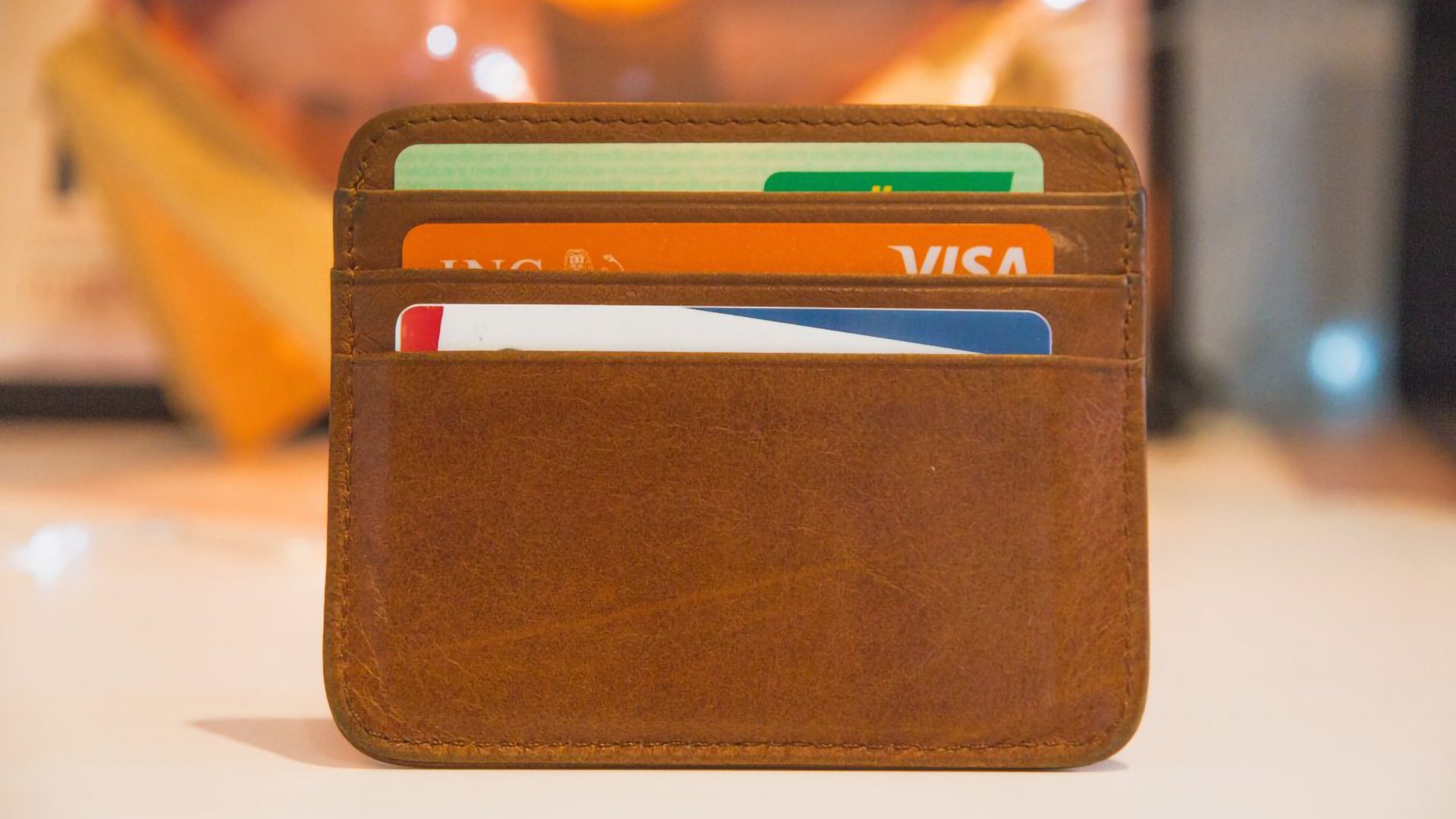Data Governance
How The Consumer Data Right Is Changing Australia (For Customers)
- By Boris Guennewig
- No Comments
10 May

In 2019, the Federal Government moved to pass the Consumer Data Right into law following a Review into Open Banking in Australia. At the time, the new legislation was billed as a way to give consumers greater ability to use their data as part of a value exchange and more control over who holds their data.
Almost two years on and it’s worth looking at how the Consumer Data Right and Open Banking has changed life for businesses and customers in Australia.
There are now 12 accredited data recipients under the Consumer Data Right, including all ‘big four’ banks in Australia and data companies such as Yodlee and illion. Customers of these banks can now request for their data – relating to deposit and transaction accounts and credit and debit cards – to be shared with accredited data recipients. Although the Open Banking regime currently focuses on the financial services industry, energy and telecommunications will soon join the program.
Under the Consumer Data Right, data can be shared within two minutes, with individuals (who must be over 18) asked to give consent, verify their identity, confirm data and then share the data.
For consumers, this offers clear benefits. More access to data means it is easier to find better deals and easily move providers while holding on to valuable data. While a customer might have traditionally favoured signing up for a loan or a credit card through their everyday bank – as it already has all of their transaction data readily available – with the Consumer Data Right, they can easily shop around for better products and can have their data easily shared.
A recent Deloitte study into Open Banking found that better value, dissatisfaction with the old bank, better features and more convenience were the most common factors when it comes to switching services. It also found that there is a perception that switching is harder than it actually is, with 39 percent of people that have switched mortgages describing the process as difficult or very difficult.
And while there has been limited uptake thus far, there will be increased opportunity for consumers to take advantage of the new rules as more companies jump on board. A financial management app, such as Mint and Spendee, could theoretically be updated with live data from a bank to help the customer make better informed decisions around how they spend their money.
There is no doubt that the open banking revolution provides clear benefits for consumers. However, it does rely on a sense of ‘data literacy’ from the public, which is not always present. Gartner defines data literacy as the ability to read, write and communicate data in context. However, the Deloitte study listed a “lack of financial and data literacy” in Australia as a key impediment to the overall success of open banking. Without data literacy (and education to promote it), the potential of open banking might remain unrealised.
Should tech giants be given access?
Given these benefits, the government is looking to extend these Open Banking principles to other industries. There was some uproar recently, however, when it was suggested that social media companies such as Facebook could apply to become accredited data recipients under the CDR scheme. Australian Information and Privacy Commissioner Angelene Falk shared her concern around this possibility during a recent Senate Committee. “I think because of the rich data holdings that are held by some of the social media platforms, care would need to be taken to ensure that individuals understand what they’re consenting to if their Consumer Data Right information were to be combined with that [which is] perhaps is on their social media profile,” she said.
And while there are questions over whether tech giants should be included in the open data movement, customers definitely stand to benefit if more industries take part and more data can be shared.
By Boris Guennewig, Co Founder & CTO at smrtr



